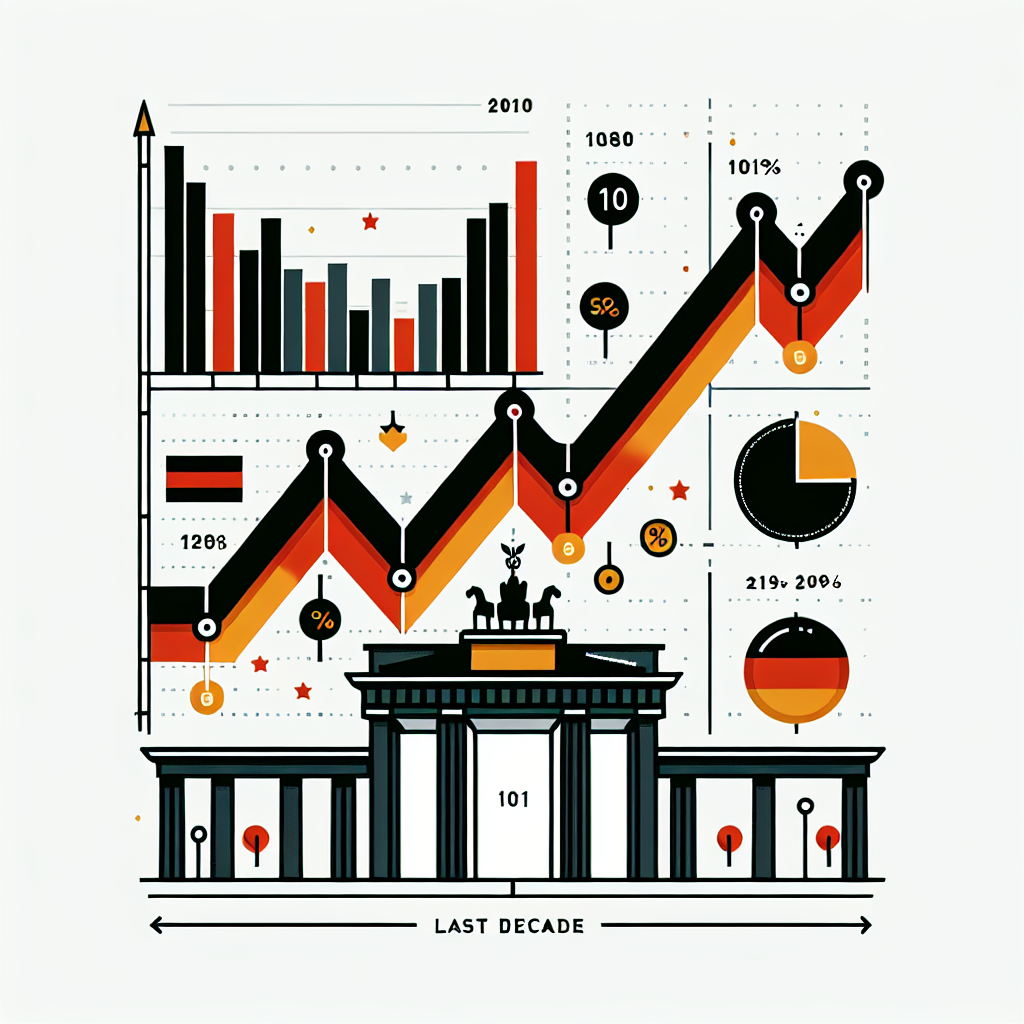Eurozone Bounce Back: Markets Steady After Sharp Bond Yield Drop
Euro area yields rose as markets stabilized after a significant drop due to weak PMI surveys, hinting at ECB rate cuts. U.S. Treasuries affected by Trump's pick for Treasury Secretary further influenced markets. Analysts express concern over financial stress risks in France and potential winter recession in Germany.

On Monday, euro area short-dated yields experienced a rise, providing markets with a much-needed pause following a steep decline observed last Friday. This drop was initiated by weak purchasing manager survey data, leading investors to heighten their anticipation of future rate cuts by the European Central Bank.
Earlier in the session, borrowing costs in the eurozone had decreased, reflecting similar trends in U.S. Treasuries, which saw a rally following President-elect Donald Trump's decision to appoint Scott Bessent as Treasury Secretary. It is anticipated that Bessent will adopt a moderate stance on tariffs, maintaining control over U.S. deficits, which caused yields to decrease as bond prices rose.
Economic concerns also surfaced in Germany, where business morale dropped unexpectedly in November, potentially signaling a winter recession. This sentiment was echoed by Carsten Brzeski from ING, who noted the German economy's stagnation. Meanwhile, political uncertainty in France added to financial stress risks, particularly with the Rassemblement National's opposition to the current budget.
(With inputs from agencies.)
ALSO READ
Scholz Calls for Confidence Vote as Coalition Crisis Looms in Germany
Euro Zone Yields Slide Amid Germany's Investor Concerns and U.S. Policy Fears
Friedrich Merz Open to Reforming Germany's Debt Brake
Rising Yields: Germany and U.S. Markets Brace for Economic Shifts
Scholz Calls for Confidence Vote: Germany on Course for Early Elections









